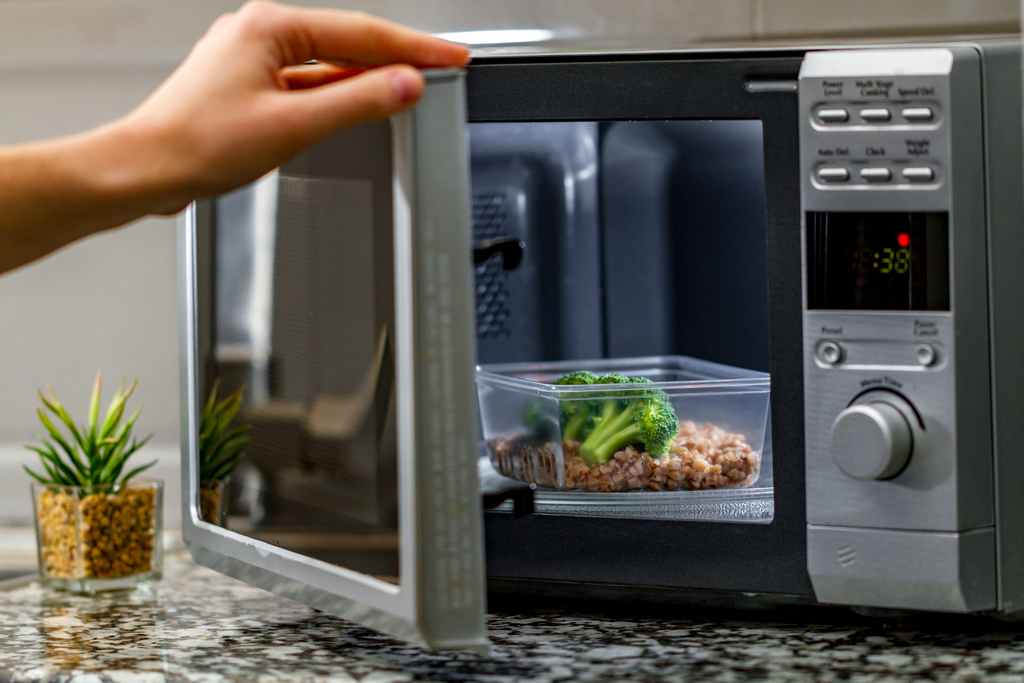The holiday dinner is over, you’ve cleaned up all the decorations, but there remains a bounty of leftovers that won’t last forever. Do you know how long can you safely keep these leftovers in your refrigerator before they go bad?
Leftover foods should be refrigerated at 40°F or colder as soon as possible – and no more than 2 hours after preparation.
Knowing how long you have to eat leftovers is important to ensure no one gets foodborne illness.



Leftover Food Safety Rules
Did you know bacteria can grow on perishable foods left out on the counter for more than 2 hours? The food pathogens that make you sick are odorless, colorless and invisible.
- Learn about proper hygiene, cross contamination, cold and hot food safety, foodborne pathogens, and best practices to prevent foodborne illness.
- Food Manager Training & ANSI Certification - $99.00
- Food Handler Training - only $7.00!
- HACCP Training: 16hr/4hr/1hr
- Food Allergy Training - $15.00
- Enter Promo "train10off" at Checkout
Small Portions: Divide perishable food items into smaller portions or pieces, place in a shallow container, and refrigerate (or freeze) within 2 hours after the party.
Airtight Packaging: Wrap leftovers in airtight packaging, or seal them into freezer bags or airtight containers. This helps keep bacteria out, retain moisture and prevent leftovers from picking up odors from other food in the refrigerator
Refrigerator: Leftovers kept in the refrigerator for 3-5 days and then must be eaten or put in the freezer.
Freezer: Leftovers will last in the freezer for 3-4 months. Although the leftovers are safe indefinitely in the freezer, they can lose moisture and flavor when stored for longer times.



Clostridium perfringens
Clostridium perfringens (C. perfringens) is one of the most common causes of food poisoning in the U.S. The CDC estimates C. perfringens causes nearly 1 million cases of foodborne illness each year in the United States.<
C. perfringens is a spore-forming bacterium found naturally in many environmental sources, in the intestines of humans and animals, and on beef, poultry, gravies, and dried or precooked foods.
Illness commonly occurs when cooked food contaminated with the bacteria is left out at incorrect temperatures, which allows rapid multiplication and results in toxin production.



What are the symptoms of C. perfringens foodborne illness?
People with C. perfringens food poisoning develop diarrhea and abdominal cramps within 6 to 24 hours after eating contaminated food. The illness usually begins suddenly and lasts for less than 24 hours. People can become dehydrated, so it’s important to drink plenty of fluids.



How can C. perfringens foodborne illness be prevented?
Cook and keep food at the correct temperature.
Food, especially roasts of beef or poultry, should be cooked to a safe temperature, and then kept at 140°F (60°C) or warmer or 40°F (4.4°C) or cooler. These temperatures prevent the growth of bacteria that might have survived cooking. Meat dishes should be served hot, within 2 hours after cooking.
Refrigerate leftovers and reheat them properly.
Leftover foods should be refrigerated at 40°F or colder as soon as possible and no more than 2 hours after preparation. It is okay to put hot foods directly into the refrigerator. Large pots of food, such as soups, stews, and large cuts of meats, such as roasts, should be divided into small quantities for refrigeration so they will cool quickly enough to prevent bacteria from growing.
When in doubt, throw it out.



Cold Food Storage Chart
Use the Cold Food Storage Chart (Source: FDA) below to know how long to store food in the refrigerator to avoid spoilage:
| Category | Food | Refrigerator (40°F or below) | Freezer (0°F or below) |
|---|---|---|---|
| Salads | Egg, chicken, ham, tuna & macaroni salads | 3 to 5 days | Does not freeze well |
| Hot dogs | opened package | 1 week | 1 to 2 months |
| unopened package | 2 weeks | 1 to 2 months | |
| Luncheon meat | opened package or deli sliced | 3 to 5 days | 1 to 2 months |
| unopened package | 2 weeks | 1 to 2 months | |
| Bacon & Sausage | Bacon | 7 days | 1 month |
| Sausage, raw — from chicken, turkey, pork, beef | 1 to 2 days | 1 to 2 months | |
| Hamburger & Other Ground Meats | Hamburger, ground beef, turkey, veal, pork, lamb, & mixtures of them | 1 to 2 days | 3 to 4 months |
| Fresh Beef, Veal, Lamb & Pork | Steaks | 3 to 5 days | 6 to 12 months |
| Chops | 3 to 5 days | 4 to 6 months | |
| Roasts | 3 to 5 days | 4 to 12 months | |
| Fresh Poultry | Chicken or turkey, whole | 1 to 2 days | 1 year |
| Chicken or turkey, pieces | 1 to 2 days | 9 months | |
| Soups & Stews | Vegetable or meat added | 3 to 4 days | 2 to 3 months |
| Leftovers | Cooked meat or poultry | 3 to 4 days | 2 to 6 months |
| Chicken nuggets or patties | 3 to 4 days | 1 to 3 months | |
| Pizza | 3 to 4 days | 1 to 2 months |
Reheat Leftovers To Proper Temperature
When reheating leftovers, be sure they reach 165°F as measured with a food thermometer. Reheat sauces and gravies by bringing them to a rolling boil. Cover leftovers when reheating to help retain moisture and allow the food to heat all the way through.



Summary
Now you see how easy it can be to keep your family bacteria free. Remember these tips when dealing with leftovers so foodborne illness won’t be on your shoulders. Because people won’t remember how great a time they had, they will only remember that your food made them feel bad.
Food handled safely can be kept in the fridge for only up to 3-5 days. Leftovers can also be frozen for up to 3 months for best quality!






